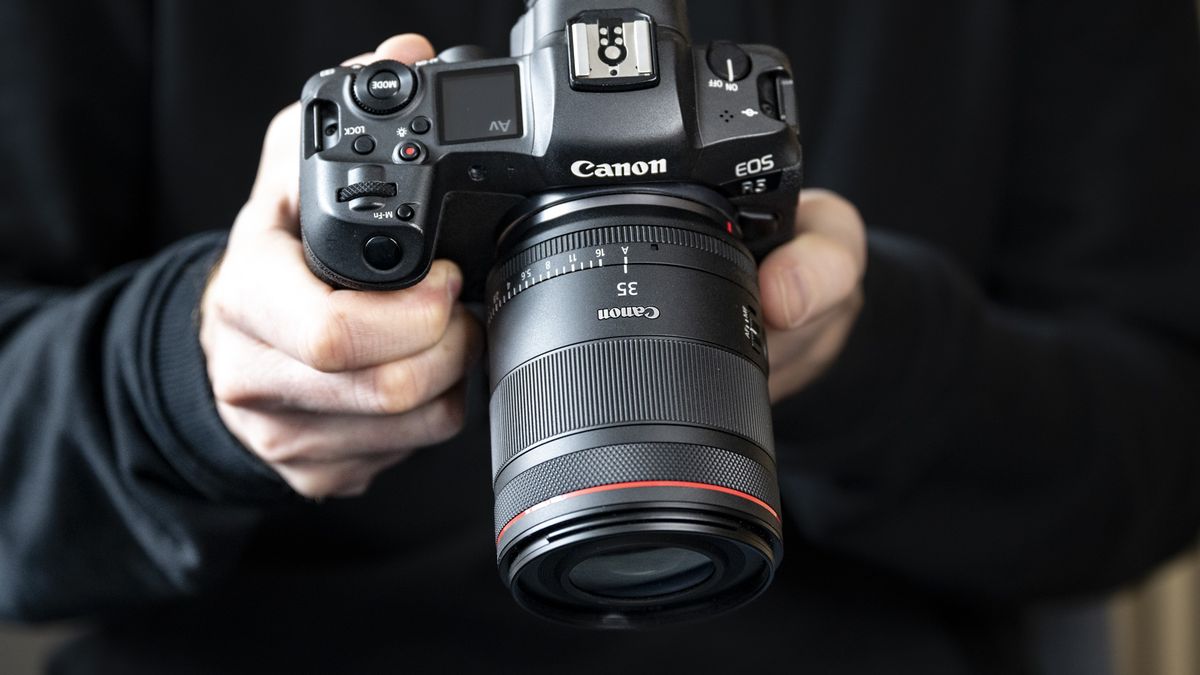> it's amazing to me that we have a far more featured hybrid lens for video and stills and it is cheaper than the EF 35mm F1.4L II USM when it was released ($1799 – or $2379.88 in today's dollars)
Well, 20-50mm is the range where rangefinders (and now mirrorless) have a massive lens design advantage over SLR's, so maybe it shouldn't be too much of a surprise.
Basically if you just design a lens for a given focal length and maximum aperture and mix of aberration constraints, 50mm+ lenses probably will have room for the SLR's mirror box, and that straightforward lens design can be used as is.
Wider than 50mm, the rear elements of this naive lens design would probably be too close to the lens to allow the mirror, so you'll have to modify the lens design and make it more complex in order to allow it to be farther from the sensor, and while you're doing so, it will be bigger, heavier, more complicated, more costly, more fragile, and probably have more aberrations and other negative features.
Wider than 20mm you get into a different set of issues so there's again no simple solution in the general case, though even then we see lenses like the Contax G outit's 16mm Hologon 16mm f/8 fixed aperture lens which was entirely within the camera body if I recall correctly. Very small, simple, light-weight, and just a few mm from the rear sensor. On the other hand this design can't be widened past f/8, and has no room for an aperture to stop it down either. Vignetting is also extreme. But almost by definition no SLR lens could be as compact.

